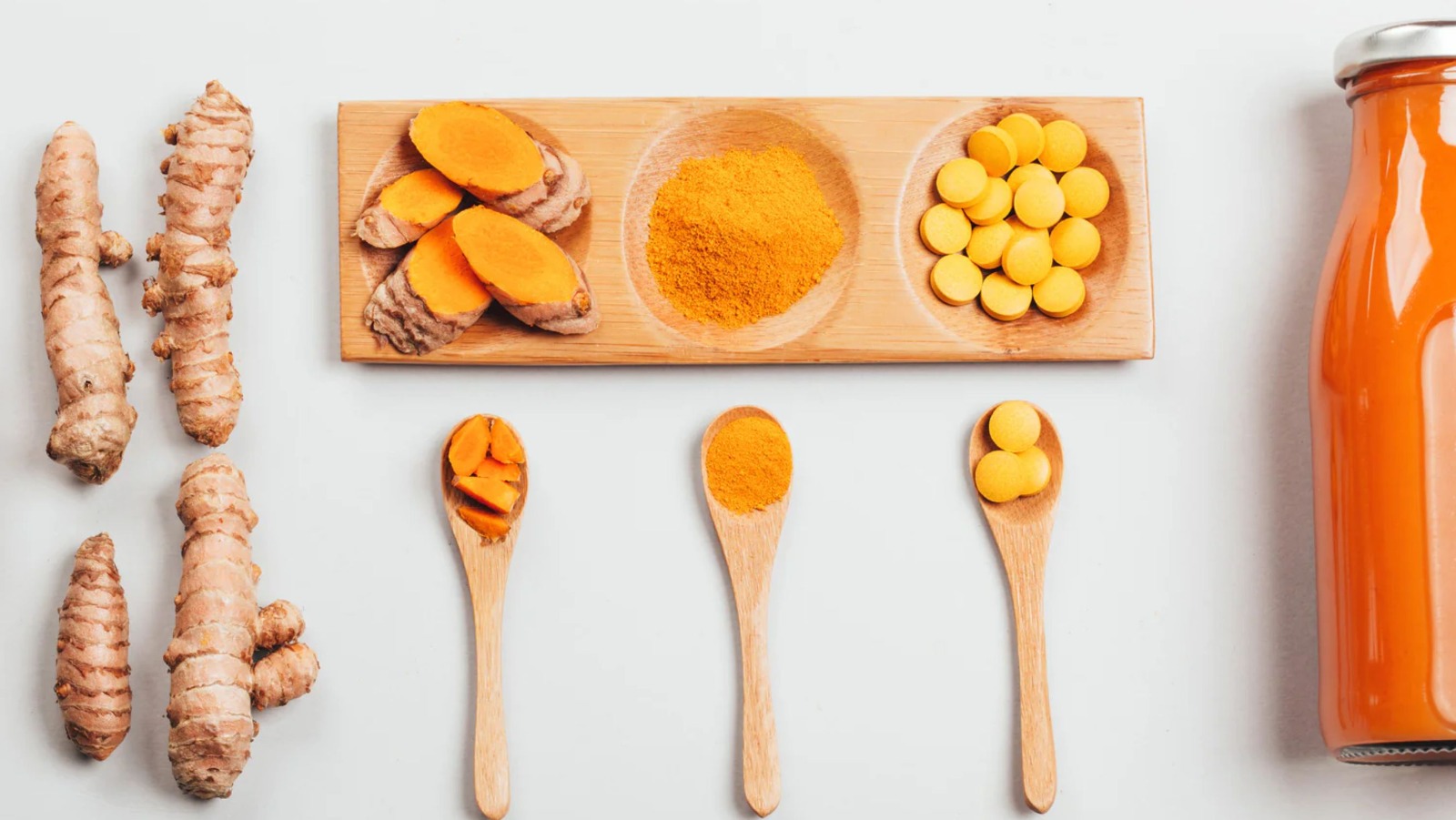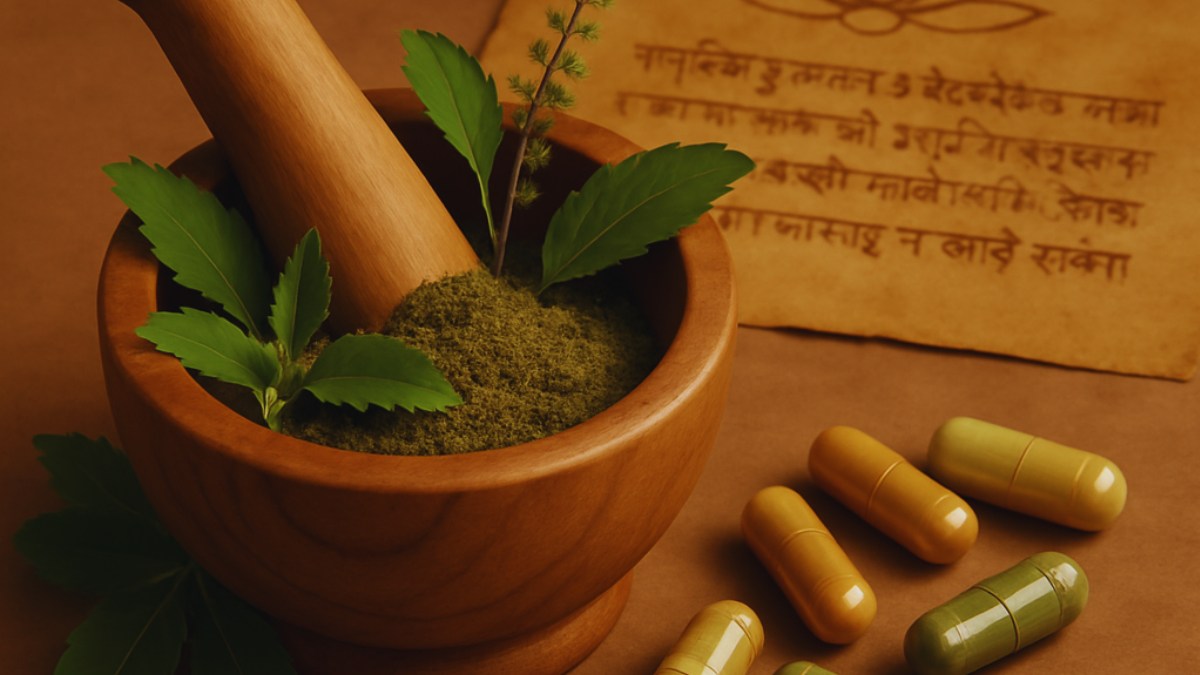The Amla fruit is a light greenish-yellow and sour, bitter, astringent and fibrous in taste. Despite this, it has been long valued for both food and medicine!

The fruits are a very high source of Vitamin C, giving the sourness of the fruit, with a high density of ellagitannins, giving it bitterness as well. It is thought that its content of tannins work to help give stability to the Vitamin C through processing of the fruit and in formulation.
KP Phyto has invested heavily in understanding the points along the supply chain that must be controlled for the best quality outcomes in Amla ingredient quality. We also invest into the understanding and development of the research behind Indian traditional botanicals…with a focus this month on Amla!

Amla in Ayurveda
Amla is popular in the traditional medicine of several regions, such as in India, China, Pakistan, Uzbekistan, Sri Lanka, and Malaysia for thousands of years. In Ayurveda Amla is considered to be balancing to all three doshas, despite its very sour taste. In fact, it is considered to have five out of the six rasas (tastes), except for salt, making it very balancing. It is also thought to promote digestion and be a rasayana herb as well, having rejuvenating and nourishing properties for the whole body. In fact, another name for Amla in India is Amalaki, a Sanskrit name meaning “mother” or “immortality”.

In the Indian medicinal system it is used for promoting blood sugar balance, healthy blood lipids, cognition and neuroprotective properties. It is also one of the three herbs in the famous Ayurvedic formula, Triphala. Other primary traditional uses include for eye health, cardiovascular health, joint health, and menstruation.
In Cuisine
Although the Amla fruits have a strong sour flavor, there are numerous recipes which take advantage of this fact to make delicious tangy dishes. Amla is often steeped in salt water with chili powder to make them more palatable, or they are eaten raw or cooked in a number of dishes. Other common presentations for Amla fruit are pickled with salt, oil and spices, or soaked in sugar syrup to make a candied treat.

Full of Bioactives
Amla contains a range of phenolic compounds, including tannins, phenolic acids and flavonoids, as well as other interesting bioactives, such as alkaloids, phytosterols, terpenoids, organic acids and amino acids.
Many parts of the plant are also used as a source of tannins, the leaves used as a dye, and the fruits to produce a black ink and hair dye. It is also used in shampoos and hair care products. Amla seeds are also under investigation for their antioxidant and cytokine balancing properties.
Beautiful Science
Through scientific investigation, Amla has been found to exhibit numerous activities, including antioxidant, blood sugar balance, immune health, liver health, chemoprotective, cytokine balance, cardioprotective, anti-aging, and blood lipid balance.
In clinical studies, Amla has indicated promise for its health wide application of health benefits, including for its antioxidant role, for cardiovascular health, blood sugar balance, joint health, cognitive and digestive health. In a systematic review of clinical studies, Amla was found to be beneficial for promoting healthy blood lipids and metabolic health.
Unlike many of the other herbs considered “adaptogens” (herbs that help the body and mind adapt to stress), the existing science has not yet linked Amla’s adaptogenic effects to the hypothalamic-pituitary-adrenal (HPA) axis. However, we do know it has a strong and long tradition used for rejuvenation of the mind and body and has a number of bioactives which likely contribute to this action. Beyond just being a source of Vitamin C, Amla has bitter components that would stimulate the important bitter receptors of the digestive tract, which play such an important role in digestion, blood sugar balance and immunity.
Amla is also the adaptogen that has the most relevance to personal care, as it has a number of traditional uses for this, but also a food-based source of vitamin C and polyphenols. Beyond its antioxidant function, studies have also found that Amla extract can stimulate pro-collagen (a precursor to collagen) when applied to skin, as well as promoting cell turnover.
As the science continues to mount, it is easy to see how this fascinating medicinal fruit—also mythologically said to be from the first tree to appear on earth—can form a rejuvenating foundation for both our inner- and outer- beauty and overall wellness.
Thank you for Reading!







